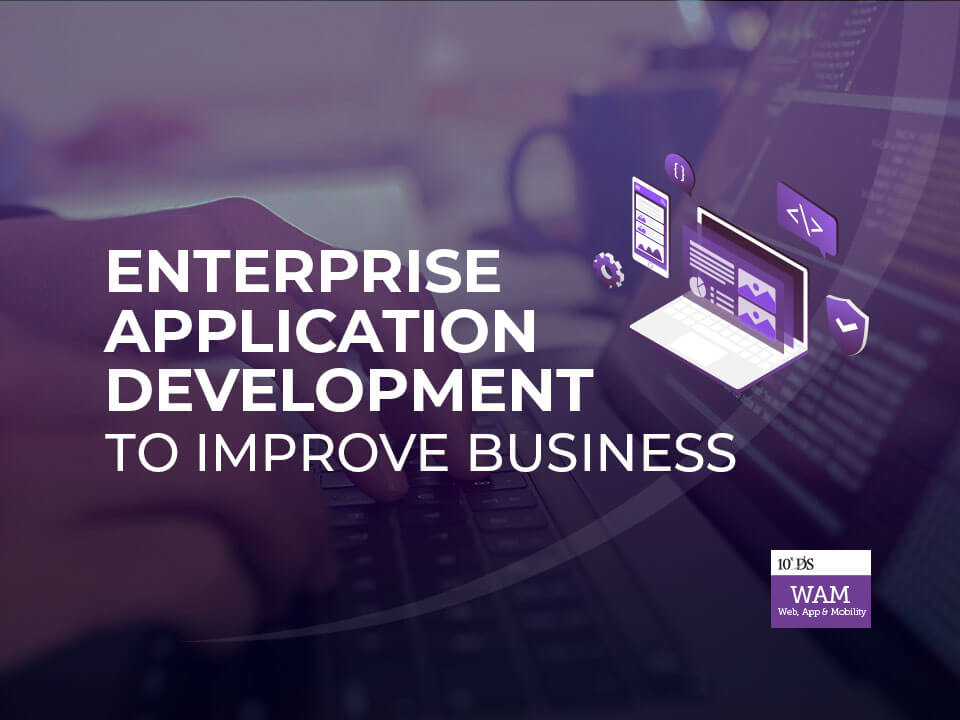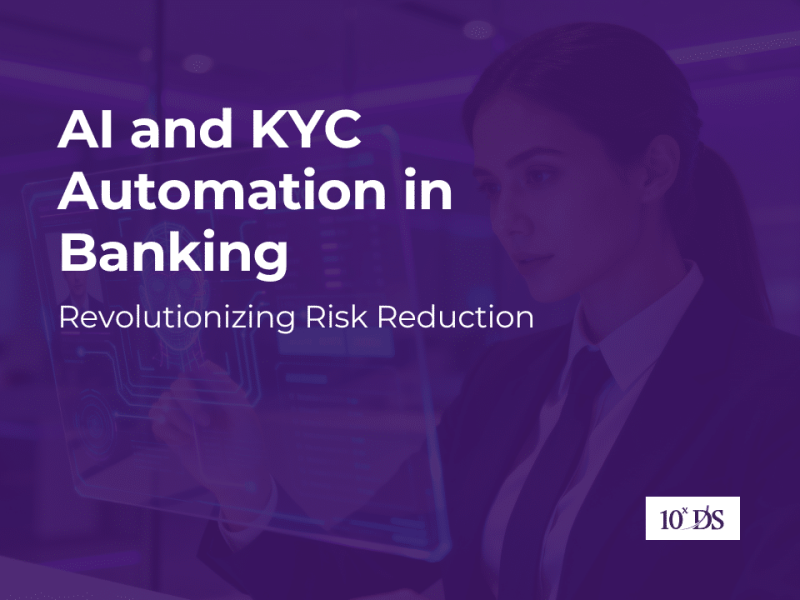
Using Enterprise Application development to improve Business
An Enterprise Application or Enterprise app is a large software system platform that is made as per specific requirements of the company to drive efficiency, streamline operations or better engage their employees. They are used widely in the corporate environment such as medium to large business, local, state or federal Government body, non-profit groups and more. These applications require special tools in the form of enterprise application development software to cater to their unique needs.
Examples of Enterprise apps include Enterprise Resource Planning (ERP), Business Intelligence (BI), Customer Relationship Management(CRM), Enterprise Application Integration (EAI) systems, etc.
Even though they are not predefined, following are some of the traits commonly found in Enterprise Applications which make them much better than the normal software applications:
- Central management
- Scalability
- Robustness
- Business-orientation
- Critical for the vision and mission of the enterprise
While Enterprise Applications smoothens the processes and drives efficiency, enterprise application development can be complex and involves creating customized applications for critical and specific business requirements. They can be deployed on Cloud, on a variety of corporate networks, intranet, etc and can refer to mobile, Web or both. The enterprise app development includes the below mentioned unique requirements of an enterprise app:
- Multiple users having identical requirements using the same app
- The app needs to deliver value consistently and at scale
- Huge volumes of data to manage and integrate
- Industry-specific guidelines and regulations need to be strictly followed
- Accommodate the ever-evolving requirements
As a result of these unique app requirements, it is extremely challenging to deliver an enterprise app meeting the requirements of what the customer expects.
Drawbacks of Traditional Application Development
Though traditional application development methodologies have clear objectives, and the development progress can be measured, they are time-consuming, have minimum iterations and there is very little customer interaction. Hence, traditional application development methodologies are not able to fulfil the demands of modern enterprise applications, whether it is Web or Mobile application development. Some of their drawbacks are:
- These Applications follow the sequential flow and making any new changes entails a lot of time and is difficult
- Applications have less productivity due to high lead times and as it takes a lot of time
- Business or the customer is involved only during the requirements stage and during user acceptance stage and is not actively involved in the intermediate phases leading to many changes in the end thereby increasing cost and time
- Elements must be built from the scratch as per requirements and are not reusable
Major Business Benefits of Using Enterprise Applications
Following are the different ways in which the companies can improve business using Enterprise Application development:
1. Streamline and automate the business processes
Enterprise apps can streamline the business processes and fix key company challenges by completely automating common low-value task which frees your employees up to focus on revenue-generating activities.
2. Improve employee satisfaction by automating low-value tasks
As the employee can spend more time on value-added activities because of automation, the performance of the business and the employee job satisfaction improves.
3. Increased Business efficiency and productivity
Deployment of Enterprise apps helps the business learn new things which they were not aware of and the insight which gets generated helps the business unearth problems and inefficiencies which they would never have pondered about earlier. Mobile Enterprise apps help retrieve information anytime by storing it in the cloud and enhances their performance while on the move.
4. Cost-Effective
Building an Enterprise application that can be used by different entities/departments in an organization helps in avoiding the cost of deploying and maintaining different tools/technologies for these entities and in being cost-effective, helping to make decisions precisely and faster.
5. Advanced insight into business
The greatest benefit of enterprise apps is the role-specific employee and personal insights that it provides. Every key user interaction is obtained in real-time and the company can get a highly accurate and up-to-date snapshot of the business enabling it to be more agile and respond to issues much faster. For every business, it is imperative to track certain positions that heavily rely on performance data such as Sales data and Operations’ KPI statistics to substantiate that the employee is fulfilling his duty.
6. Greater business flexibility
The highly accurate, up-to-date snapshot of the business provided by the Enterprise apps helps the companies to become much more agile and respond to issues and changes way faster.
Evolving Trends in Enterprise Application Development
Following are the key new and emerging trends impacting Enterprise Application development in a big way:
1. User Experience
Users expect their enterprise apps to be more intuitive and provide more relevant content meeting their business requirements and as a result, developers need to focus more on ease of use and responsive design.
2. Consumerization of IT
Technology in today’s world is consumer-oriented where the needs of the business are given utmost importance, and this has influenced the changing landscape of Enterprise applications. Integrating enterprise applications with smartphones is a prime example of the same.
3. Cloud Computing
Cloud Computing has resulted in better accessibility and ease of operation for users of Enterprise Application development.
4. Rapid Application Delivery (RAD) & Low-Code Development
RAD and low/minimal code development is another trend which has made Enterprise Application development easier and business-centric enabling Customers to be involved in each phase of development.
5. Loose Coupling (APIs and Microservices)
The introduction of Loose coupling and Microservices have made it possible for Enterprise Applications to be delivered as independent run time service with a well-defined API. Microservices also enable faster delivery of smaller incremental changes to an application.
Conclusion
Enterprise application development draws together the entire organization by integrating several business processes and operations.
10xDS leverages the latest trends and technologies in Rapid Application Development (RAD), Docker for app-optimized container deployment on private infrastructures, and APIs and Microservices Architecture (MSA) for scalable integration to create Enterprise-grade web and mobile apps for businesses to improve their productivity.
If you are planning to develop an enterprise application and are looking for help to guide you through your journey, talk to our experts.


